10 Surprising Facts About Fiji
What comes to mind when you think of Fiji? Lush tropical islands lined with long, sweeping, fluffy white sand beaches that are backed by coconut palms and fronted by crystal clear aquamarine waters? Vibrant coral reefs swarming with colorful tropical fish and corals? Balmy evenings, beach-side, cocktails in hand, marveling at a gorgeous sunset?
Fiji certainly has all that.
But beyond the picture-perfect tropical paradise image, Fiji also offers many interesting surprises. Things you wouldn’t guess about a tiny, far-flung South Pacific island. Unusual things. Surprising things.
I learned some of these facts about Fiji while researching for my upcoming trip to this tropical paradise. Other things I discovered after I arrived.
So as not to keep you in suspense any longer, following are 10 interesting facts about Fiji that you probably wouldn’t know unless you’ve already visited.
1. The nation of Fiji is comprised of over 300 islands
I don’t know about you, but I always rather thought Fiji was just one island. In fact, there is no actual island named Fiji. The collection of islands, the nation, is called Fiji. It’s largest, most populated island is Viti Levu.
The picture-postcard images of Fiji with fluffy white-sand beaches lining crystal-clear turquoise waters and backed by swaying coconut palms are mostly photographed in the Mamanuca and Yasawa Island Chains.
They lie just off the coast of Viti Levu’s northwest coast and run northwards. The movie ‘Castaway’ with Tom Hanks was filmed on one of those paradise islands. Other regions of Fiji, including Viti Levu, look quite different.
2. Native Fijians look Negroid
According to historical evidence, the long-term inhabitants of most South Pacific islands are believed to have migrated over from SE Asia. Based on that information, before I arrived in Fiji, I expected to meet native islanders who looked Thai, Malaysian or Indonesian.
Upon arrival however, I quickly discovered that Fijians don’t look anything like SE Asians at all. Instead, they look rather Afro-American or African, with super-curly kinky hair and very dark skin.
Most native Fijian women wear their hair in medium to large afros. Fijian men often keep their fros cropped quite close. Others wear dreadlocks.
When I first arrived in the Nadi area, all the native Fijians I came across were very dark skinned and usually quite large and heavy. Once I began traveling to other areas in Fiji, though, I started meeting slim Fijians and people with many different skin tones, from light tan to nearly black.
3. Fiji’s population is 40% Indian
Who would have thought that a small tropical island nation in the middle of the Pacific would be full of Indians? Certainly not me.
As it turns out, thousands of Indians were brought to Fiji by the British in the late 1800s to work on Fiji’s extensive sugar cane plantations. Most, if not all, of the current Indian population are descendents of those original migrant workers.
4. Fiji consciously markets to and caters for budget travelers
This fact really surprised and delighted me when I began researching various Pacific Islands. I had always assumed the remote Pacific Islands would be very expensive.
Fiji, however, has many beach-side resorts on various islands catering to budget travelers, including backpackers. These backpacker resorts have lovely swimming pools, gardens and landscaped lawns, much like more upscale resorts.
Dorm bed rates are as low as $15 FJD / $8 US per night. More common dorm rates are $20 – $30 – $40 FJD per night. In any case, the rates include use of all resort facilities plus breakfast and hot showers. Some also include free wifi and kayaks as well.
Who would have guessed you could stay so cheaply at a tropical island in the Pacific?
5. Basic living expenses are quite cheap
In addition to budget accommodation, Fiji also has cheap and reliable public transportation and inexpensive basic needs like toiletries and groceries.
When I read about Fiji’s 40% Indian population, I immediately thought of inexpensive soaps, shampoos and other basic needs. On that count I was right.
In addition, many Chinese and Korean residents have cheap ‘everything’ shops in most towns, similar to $1 shops in New Zealand.
Buses are cheap and plentiful on Fiji’s main islands. For buses in city areas, fares are 0.70 – $2 FJD / $0.40-1 US. A 2-hour long-distance bus between cities costs about $7-8 FJD / $4-5 US. It’s a little more expensive than in SE Asia, but still very cheap.
6. Fiji has a very low population and is little developed
After stomping around SE Asia, with it’s really high population densities, on my recent travels through New Zealand, I felt that country was practically empty of people.
Much to my surprise, Fiji is even emptier! Aside from a few scattered towns, villages and individual houses, Fiji is purely nature: rolling hills covered in lush jungle, clear sea waters and the vast sky.
7. Fiji’s climate is not very humid
This surprised me when I arrived in Fiji. I guess I always think of tropical islands as being humid, like SE Asia. In comparison to that region however, Fiji has a much drier climate. I suppose that’s due to it being surrounded by the vast Pacific Ocean and cool sea breezes.
8. Fiji is being run by a military dictatorship
Fiji’s current military/political leader, Frank Bainimarama, came into power when he staged a successful coup in 2006. He and his military have been in power ever since, though they claim it’s not actually a military regime. However could that be?
In any event, that fact has not deterred throngs of tourists from visiting Fiji every year since. Now that I’m here, I don’t detect any tension, apprehension or feelings of oppression. In fact, I haven’t actually seen any military or police presence during my travels thus far.
Apparently, in September democratic elections will be held to determine the nation’s leader. Let’s see how that goes!
9. Traditionally, Fijians were cannibals
Native Fiji tribes have a long history of warfare and cannibalism.
Apparently, Christianity put an end to that practice, which is great for all us travelers visiting Fiji. Nowadays, Fijians are peaceful, friendly and kind towards visitors.
10. Airfares to Fiji are cheap from Australia and New Zealand
Although the South Pacific islands are very expensive to reach from most places in the world, in contrast, they are quick, easy and cheap to reach by flights from Oz and NZ. Particularly flights from Sydney, Australia and Auckland, New Zealand are inexpensive. Rates are as low as $150-200 OW.
So if you’re traveling to Australia or NZ, that presents you with a great opportunity to squeeze in a trip to Fiji as well.
QUESTIONS:
Did you know any of these facts about Fiji?
Which of these things most surprises you?
Do you have any other interesting facts to add to this list?
————————————————————————————————————–
You might also enjoy:
Photo Gallery: I Love Coconut Trees
—————————————————————————————————————







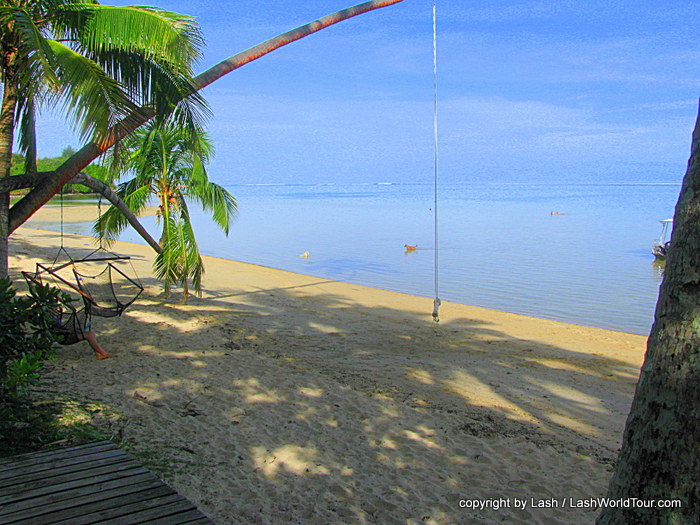
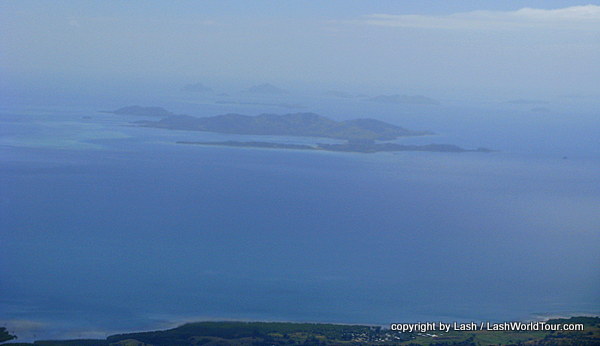
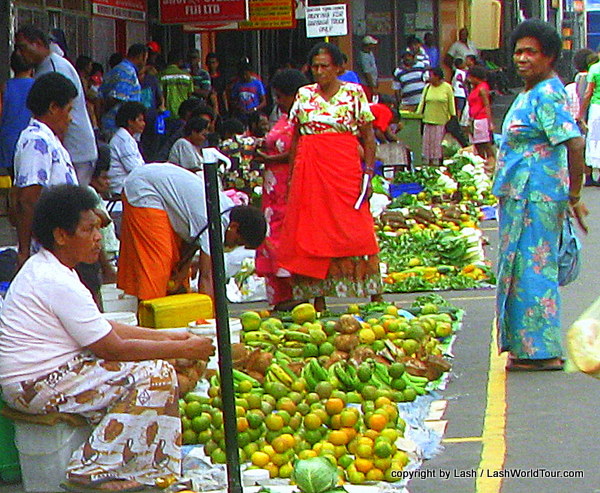
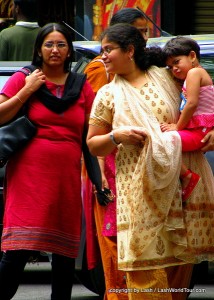
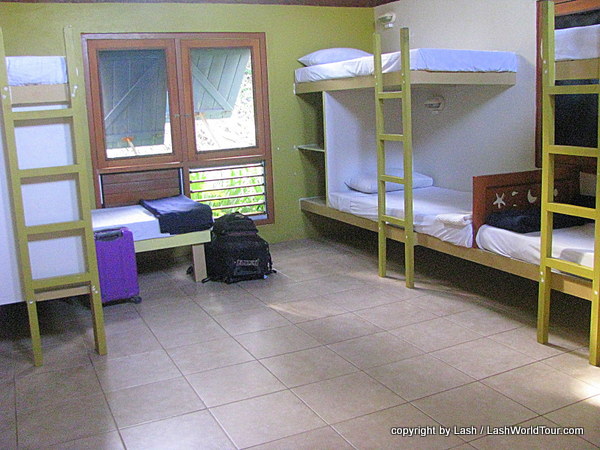
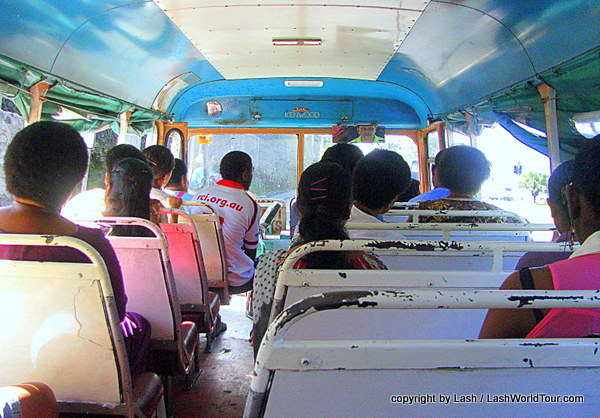
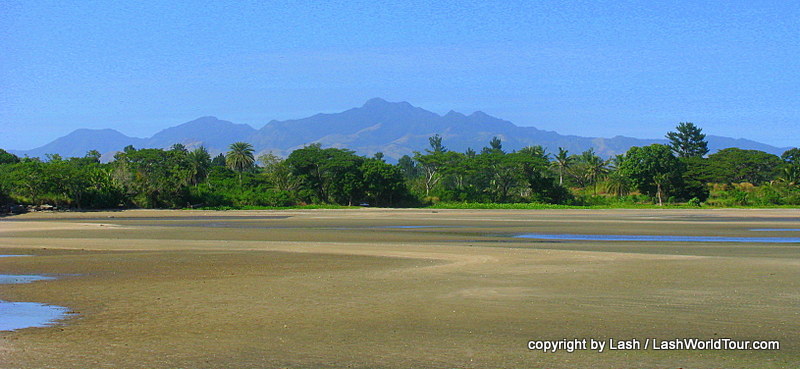
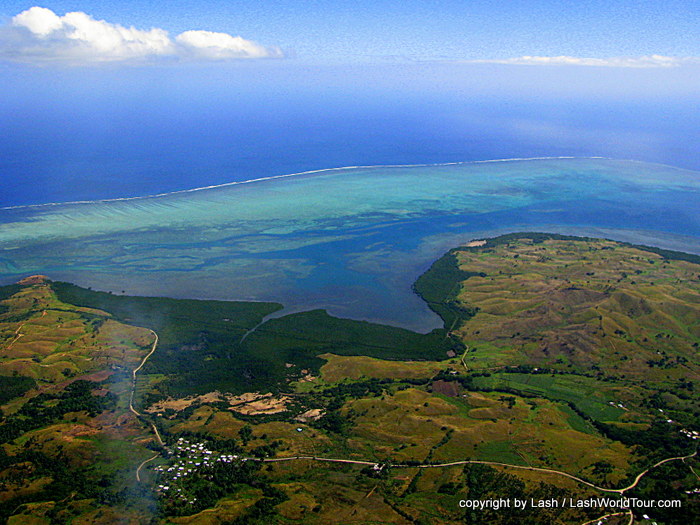





 Hi! I'm Lash, an American nomadic world traveler who's been traveling solo since 1998. I’m passionate about traveling the world nomadically and then sharing it all with you. I hope to inspire you to travel the world, to entertain you with tales from the road, and to help you reach your travel dreams. Welcome!
Hi! I'm Lash, an American nomadic world traveler who's been traveling solo since 1998. I’m passionate about traveling the world nomadically and then sharing it all with you. I hope to inspire you to travel the world, to entertain you with tales from the road, and to help you reach your travel dreams. Welcome! 




6 pings
Photos of Levuka Fiji » LashWorldTour
2014/07/15 at 6:47 am (UTC 8) Link to this comment
[…] 10 Surprising Facts About Fiji […]
10 Free Things to do in Fiji » LashWorldTour
2014/07/23 at 7:38 am (UTC 8) Link to this comment
[…] 10 Surprising Facts About Fiji […]
Best Travel Stories of 2014 » LashWorldTour
2015/01/11 at 1:11 pm (UTC 8) Link to this comment
[…] 1o. 10 Surprising Facts About Fiji […]